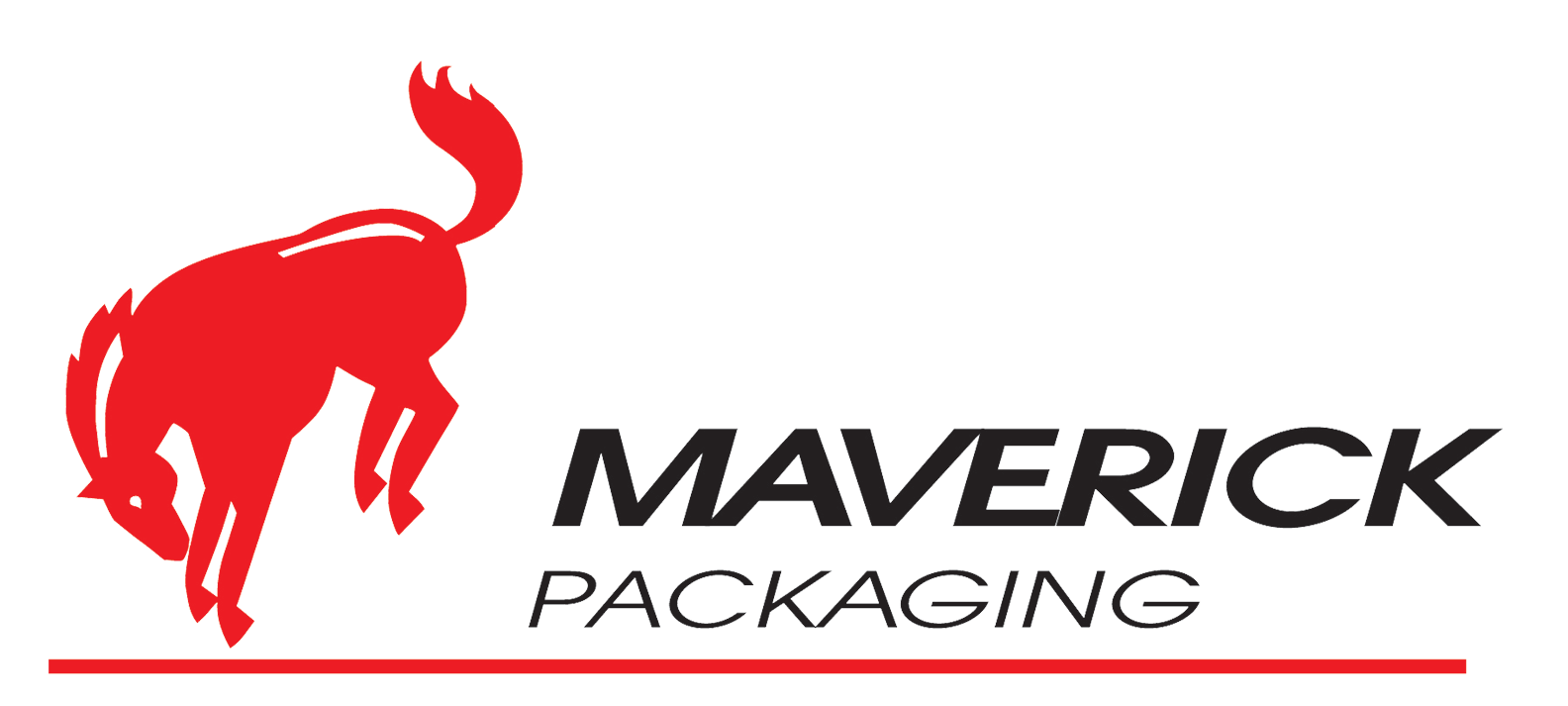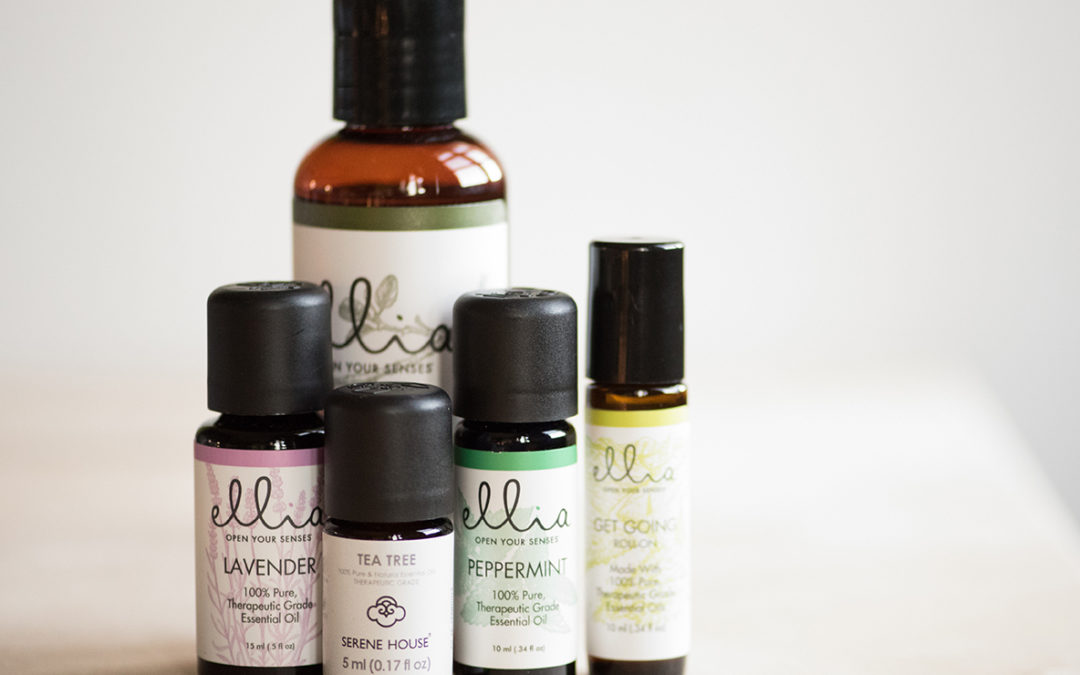Short-Run Production is the Answer
Essential oils, amenities and personal care brands are all facing similar production challenges. They are seeking differentiation and are forced to compete for windows of opportunity in the marketplace. The reasons for this are outlined in our previous articles, “Getting Creative with Liquid Packaging Design and Production,” and “Increase Speed to Market by Reducing the Time and Expense of New Filling Lines.” What’s the answer? Differentiation and speed-to-market can both be achieved by keeping production runs to a minimum.
Essential Oils Production Example
According to Grand View Research, the 2015 estimated value of the U.S. essential oil market was USD 3.36 billion. A February 2017 report by the same firm projects the U.S. essential oil market will reach USD 7.76 billion by 2024. In addition to overall growth, there is a massive surge of new brands on the market.
It stands to reason that if the overall demand for essential oils is “X,” and the marketplace is adding new brands on a regular basis, then the total demand “X” divided by the increasing number of brands will equate to a smaller market share for each brand unless the overall demand is actually increasing faster than the growth of new brands. We use essential oils as the example because of the tremendous breadth of applications and the truly amazing amount of new brands being launched on a regular basis. These dynamic market conditions are ripe for rapid product launches and low-volume production.
Low-volume or “short-run” production offers many competitive advantages, including:
- Less inventory
- Less capital
- More agile supply-chains
- Faster market testing
- Faster new product development
However, traditional liquid packaging filling line production doesn’t easily lend itself to small runs. That’s because high-speed, high-volume, production lines are time-consuming and expensive to set-up. To compound the problem, the procurement and supply-chain management systems that bring in raw materials, move product to inventory and control distribution are also optimized for large quantities. On top of these challenges is the fact that it can take up to 9-12 months to set-up traditional filling lines.
Flexible AND Small-Run Production is a 1-2 Punch!
Flexible production means that a company can quickly reassign resources to other projects. These resources include labor, equipment, supplies, floor-space, engineering, customer service and, of course, capital investment. These are much easier to reassign in a small-run production environment because there are fewer quantities of everything involved. The fewer the quantities involved, the less risk there is of not being able to reassign the resources or secure additional resources if needed. For instance, it’s much easier to re-allocate ten workers to another line than it is to re-allocate one-hundred. It’s also much easier to find ten new workers for a new line than it would be to find one-hundred new workers. This holds true for re-allocating or securing any of the other resources mentioned.
Sourcing Challenges
It’s a challenge for essential oils, amenities and personal care brands to source flexible and small-run production. Beyond the obvious factors mentioned above about being flexible AND small-run, there are the other common factors, including:
- High piece prices
- Long lead times
- Excessive tooling costs
Maverick Packaging offers strategic outsourcing partnerships for essential oils, amenities and personal care brands that improve their speed-to-market while meeting piece price goals, lead time requirements and minimizing tooling costs.


